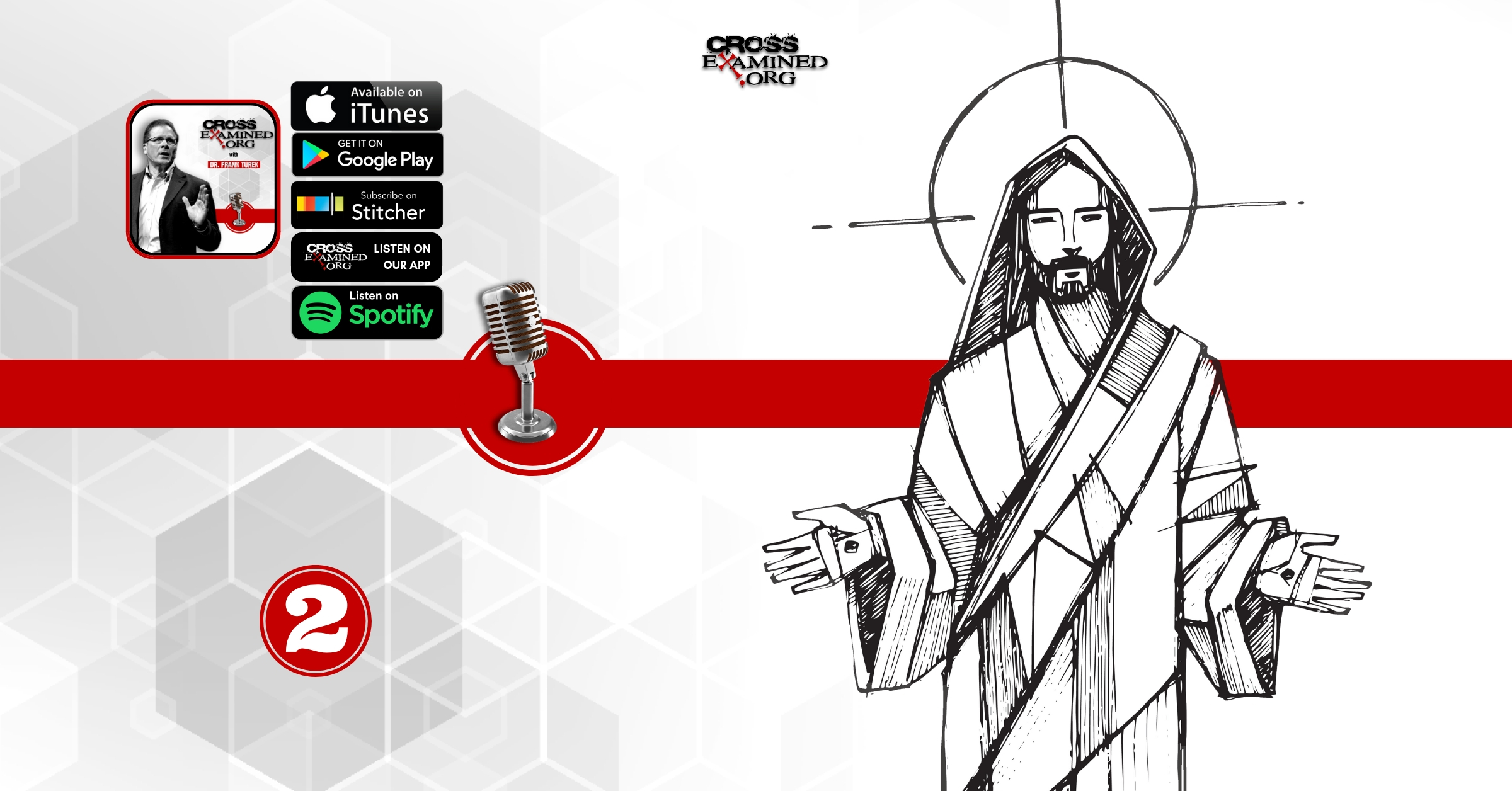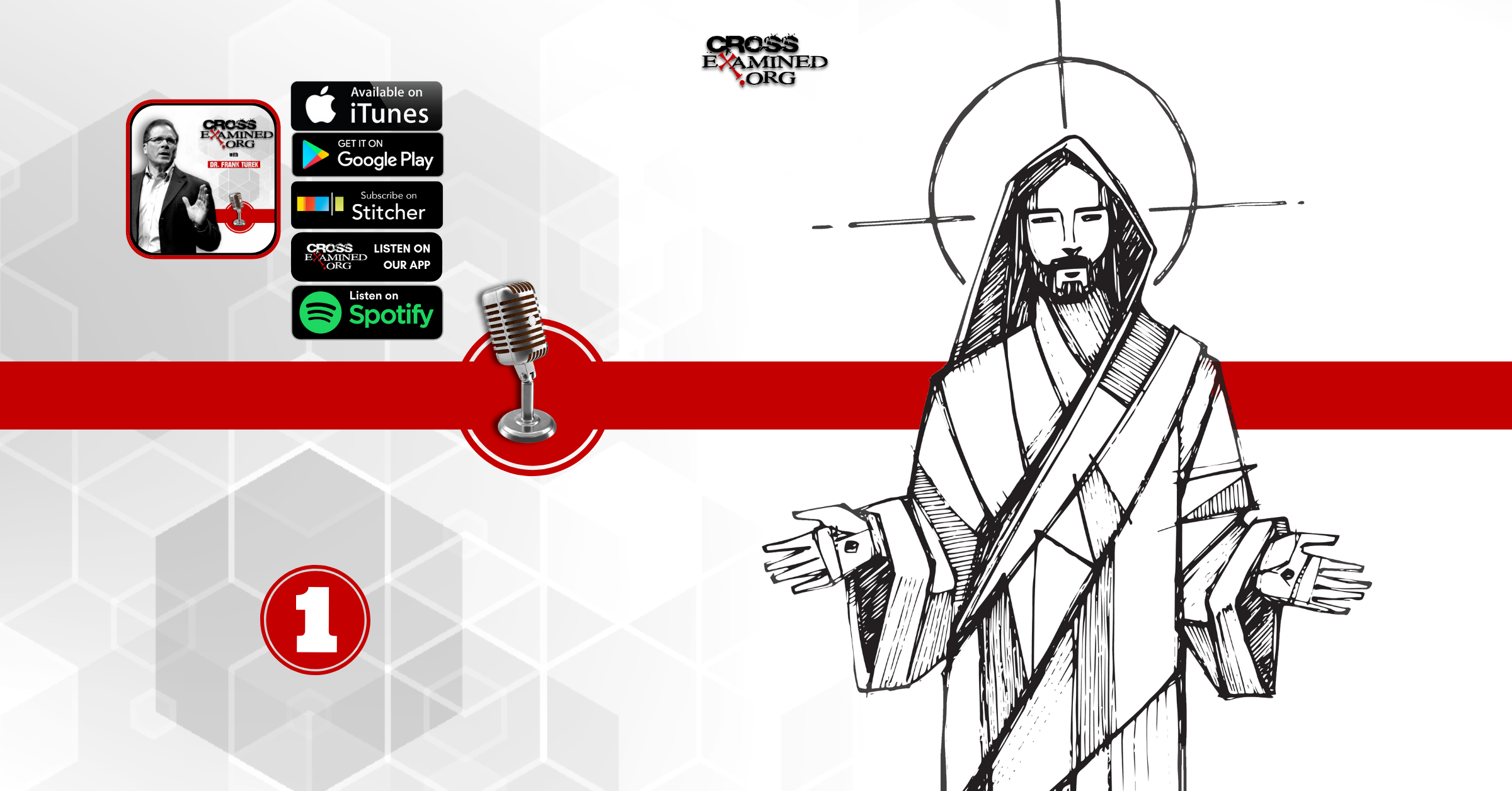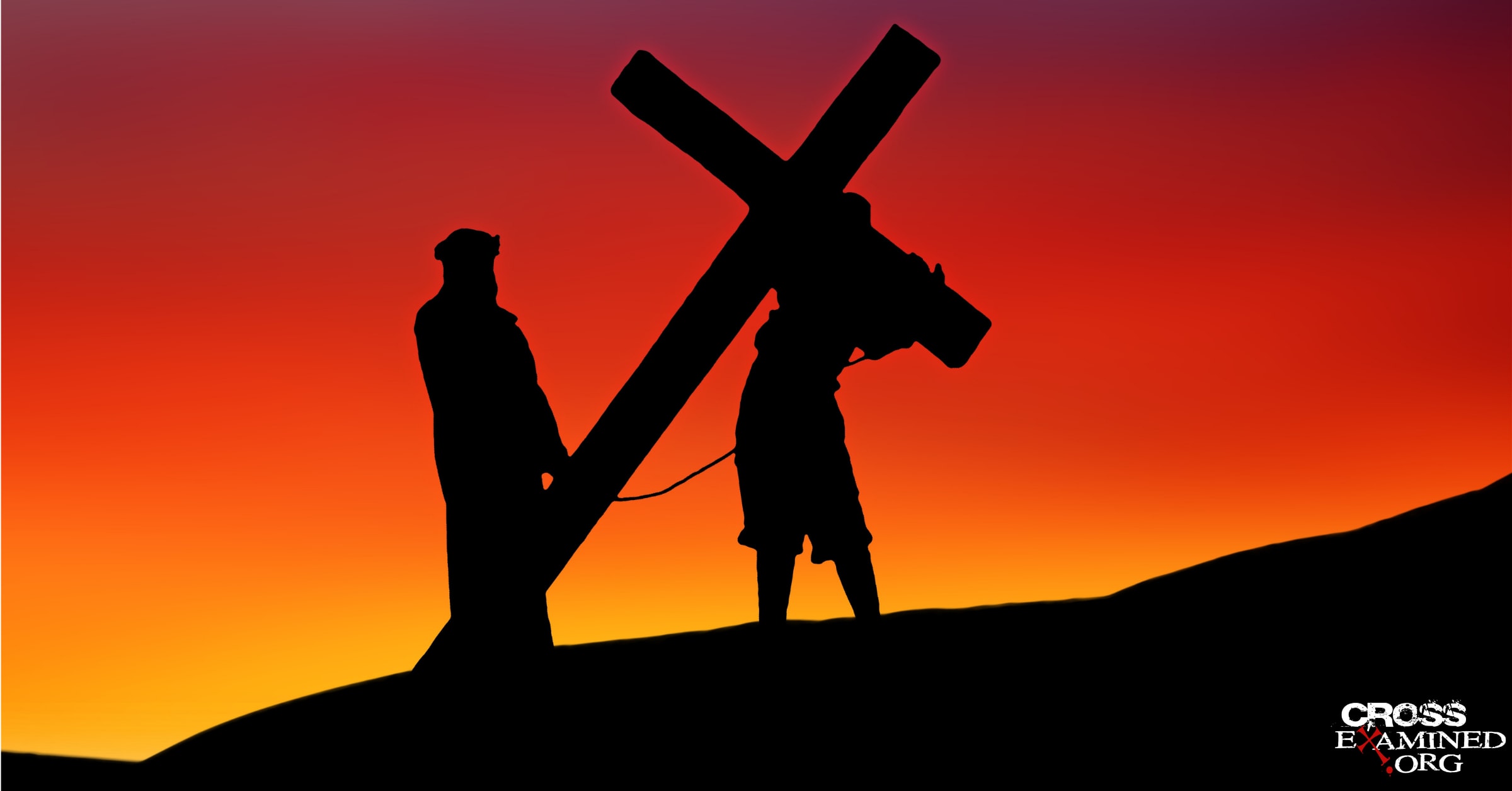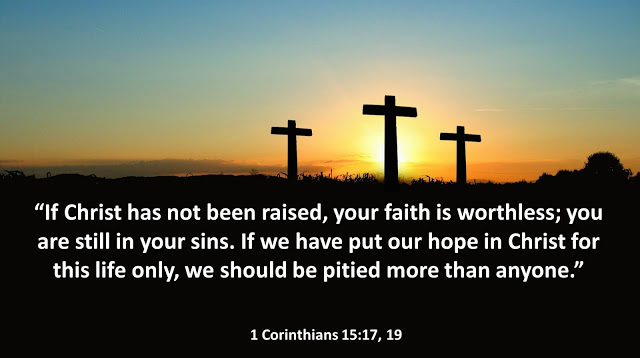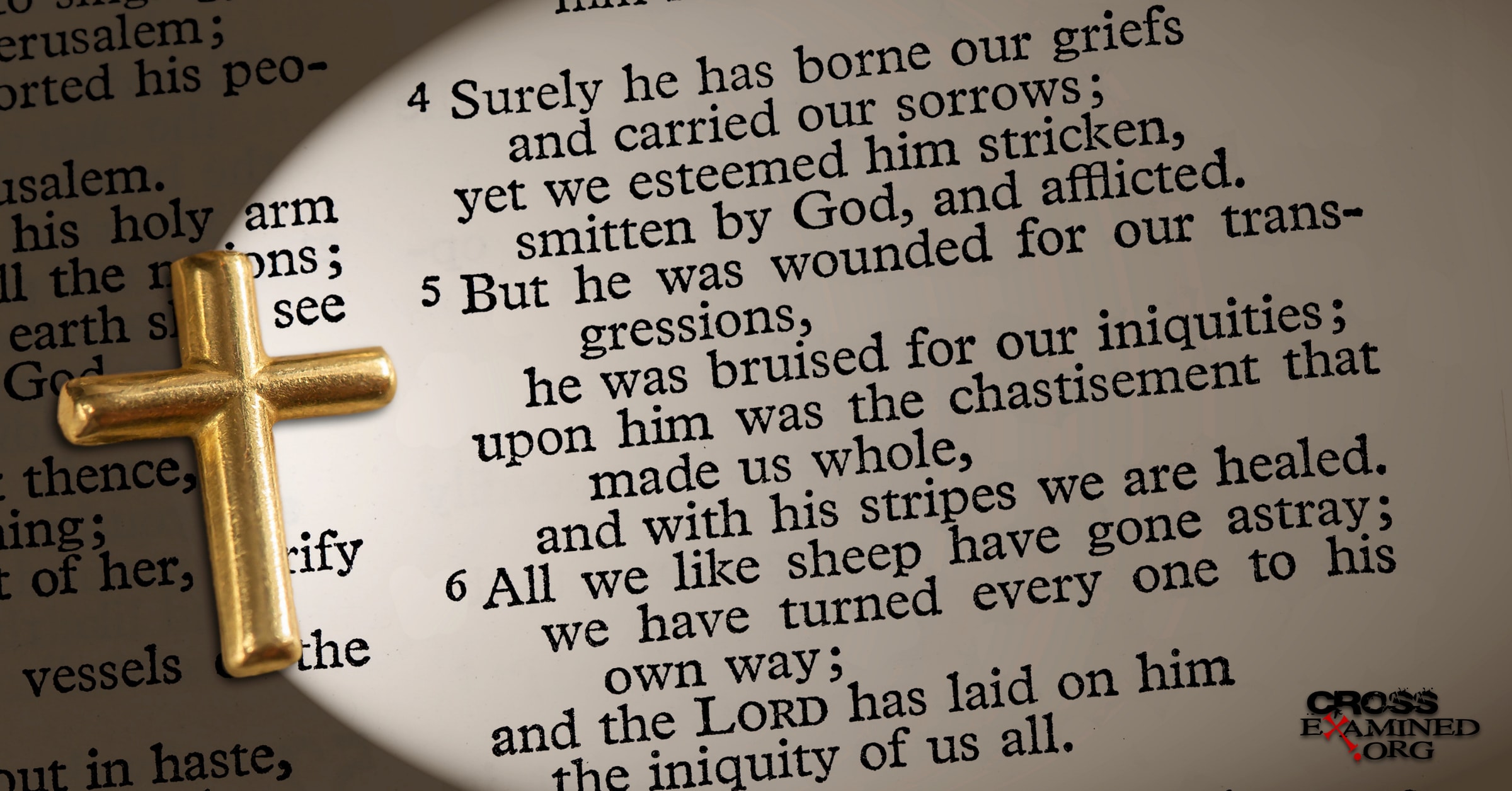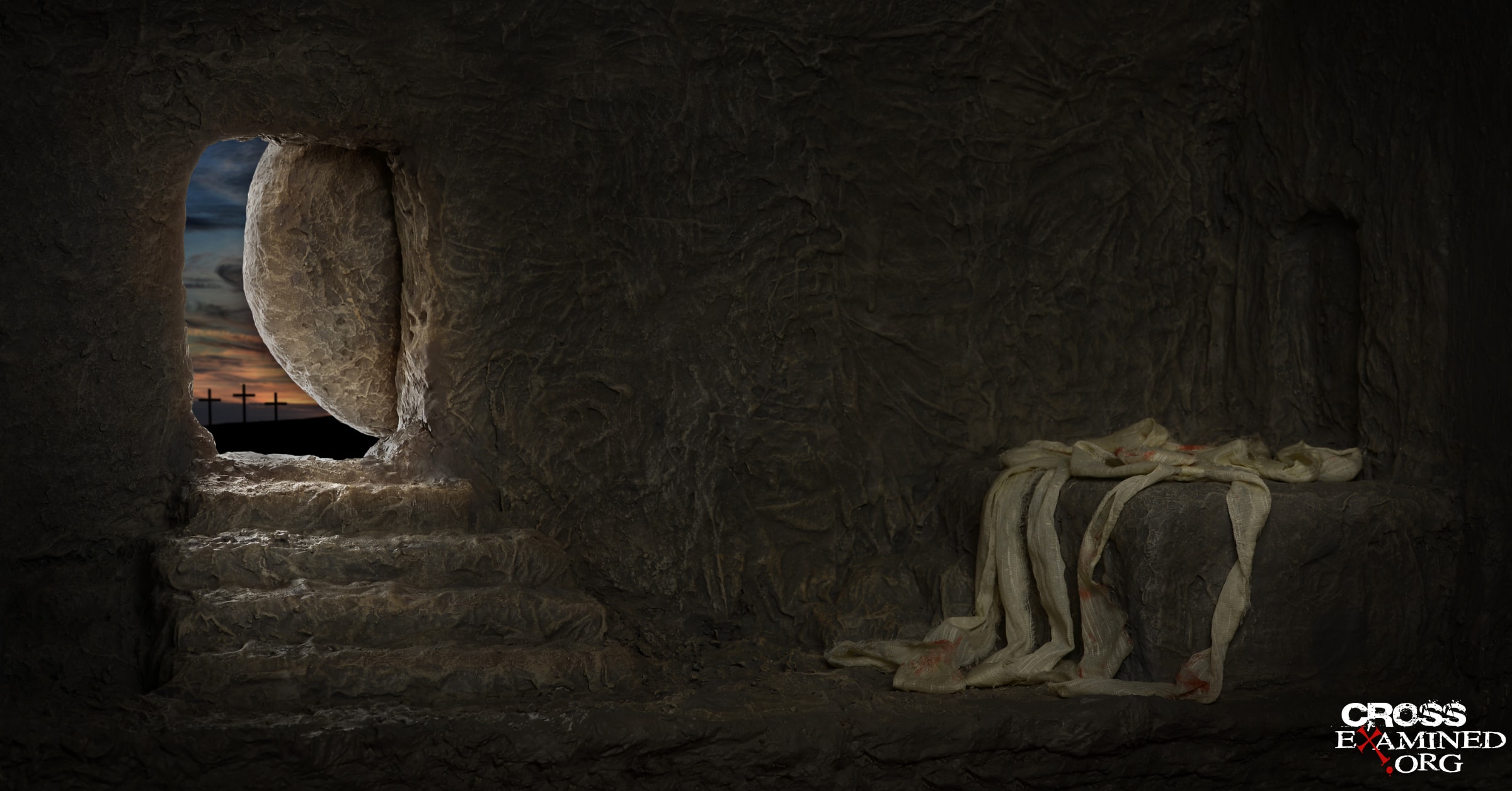By Terrell Clemmons
Oh, joy, somebody selling something, I thought when my doorbell rang. It was getting dark, so I switched on the porch light before stepping out to a tall, spunky, clipboard-clutching brunette waiting ever so patiently for the homeowner to come to the door. Katie represented an organization that protected consumers from unreasonable utility charges, and she was collecting signatures on two bills pending in our state Senate. An admitted idealist, she was concerned about the “little old lady” who might lose her home if her power bills went up. She was also upset about corporate greed and believed that there was a need for more regulation. She became an activist because she cared about these matters.
I asked her if she had considered whether rising taxes might pose a threat to that little old lady. She answered honestly that she hadn’t. I wondered aloud about the possibility of regulator–regulatee collusion. She hadn’t thought about that either, but she did like the word “collusion.” We talked for something like 20 minutes.
I didn’t sign her petition or donate to the cause. But I did accept her literature and contact information. A quick visit to her organization’s website the next day turned up a job posting for a “Community Organizer Position” with the job description of educating, organizing, and empowering citizens in an exciting, progressive work environment. Applicants could apply for full-time work at $325+/week or part-time at $8/hour with opportunities for bonuses. Benefits included paid holidays, paid vacations, health insurance, and college credit.
I liked Katie. She was bright, confident, and to all appearances genuinely well-meaning. But I couldn’t help but wonder: Was she really an idealistic servant aiding the oppressed? Or was she the hired tool of a duplicitous political organization? She seemed to believe the former. I suspected the latter.
The Paradox of Progressivism
Katie is emblematic of many in her generation. She believes she’s doing good, but from all I could gather, she’s investing her precious young adult years working on the wrong side of progress. In his excellent primer, The KinderGarden of Eden: How the Modern Liberal Thinks, Evan Sayet analyzes the mentality driving the progressive agenda with surgical precision. There are “two kinds of Modern Liberals,” he writes, “the True Believer and his Mindless Foot Soldier.” There’s a difference between them, but, as he continues, “there is absolutely no difference between the two when it comes to the policies they support.” Sayet predicts that the Modern Liberal will at every turn side with the evil over the good, the wrong over the right, the lesser over, the better, the ugly over the beautiful, the vulgar over the refined, and the behaviors that lead to failure over those that lead to success. A quick visit to Katie’s Facebook page showed her to be an avid supporter of Planned Parenthood, along with Occupy Wall Street and a few other groups that fit this prediction to a tee, including one devoted solely to mocking Evangelical Christians.
I didn’t like applying Sayet’s terminology to Katie. To all appearances, she’s anything but mindless. But sadly, she fits the characteristics of the Mindless Foot Soldier. Even more sad, she’s like a lot of people I know, young and old, blithely carrying out, according to Sayet’s model, “the progressive agenda of destroying all that is good, right, and successful [about] Western Civilization.” And all in the name of good intentions. If it seems convoluted, that’s because it is. But what can be done?
Coming Alongside
Dr. Mike Adams, of the University of North Carolina-Wilmington, has produced an excellent example of how to go about engaging someone like Katie. Though more often known for biting sarcasm and barbed wit, with Letters to a Young Progressive: How to Avoid Wasting Your Life Protesting Things You Don’t Understand, the professor provocateur takes on a markedly softer tone. At the center of the tale is Zach, a composite of countless bright students he’s known who enroll in universities but while there “become increasingly enraged at the world and disgusted with other people. This is unfortunate,” he observes, “because they are getting angry over things that aren’t even true.”
When Zach made a comment in class comparing TV personality Glenn Beck to serial murderer Charles Manson, Dr. Adams could have set the record straight right there on the spot. But he didn’t do that. Instead, he came alongside his student, so to speak, by means of a personal letter. “I haven’t written to scold you,” he starts off. “I don’t have the moral authority to do so. You see, I used to be like you. Let me explain.” Then, after telling Zach something of his personal backstory as a dysfunctional, angry pseudo-intellectual himself, he gets to the point.
Zach, you are so bright and have so much potential that I think it’s a shame you are so angry at such a young age. I also think it’s a shame because I know that so much of your anger stems from misinformation… If you’re interested, I’d be happy to write to you periodically over the summer to share some of what I learned on my journey from being a progressive atheist to becoming a conservative Christian.
Intellectual Detox
Then, over the course of 34 more letters brimming with factual data, watertight logic, common sense, and a generous sprinkling of stories from his own life, the teacher deconstructs for his protégé a plethora of progressive myths. He shows how the Social Security program disproportionately transfers income from the average black working man to his white counterpart, how race-based affirmative action hinders, rather than boosts, black upward mobility, and how campus speech codes, rather than helping the minorities they were enacted to “protect,” simply reinforce stereotypes of them as hypersensitive and emotionally volatile weaklings.
Although he foregoes the barbs, Adams’s wit is alive and well. In a letter called “Government Subsidies and Spousal Abuse,” he picks up on a common experience with a cell phone company. During his fifth visit to the store after four rate changes and four broken promises,
I lost my temper and let loose with something like the following: “You’re not really an Internet provider… You’re more like an abusive spouse. You treat me disrespectfully until I threaten to leave you, and then you promise to make things better. But they only get better for a while because you don’t change. You just lie to me to get me back because you can’t live without me.”
The story is comical because it’s so relatable, but “there is a serious point to be made here,” he continues.
When the government gets involved in trying to solve a problem, it invariably makes things worse. Your cell phone provider—my previous Internet provider—is subsidized by the federal government. For that one reason, and that one reason alone, you are unlikely to ever get good service from them. Because the federal government has built a safety net beneath it, it is not afraid of failing. That is why its employees behave so carelessly towards you… It’s basic human psychology.
Diagnosis: Statolatry
Much of what he relates to Zach is basic, but sadly, decades of progressive education have produced a preponderance of misguided Zachs and Katies, to whom, because they are unschooled in such basics, the government is, and always will be, all-benevolent. This is consistent with the progressive movement which, from the early years of the 20th century, has advanced on the premise that the government can and should solve every social and economic ill—that whatever the need of the day happens to be, the forces of an all-encompassing government should be retooled to meet it. In 1931 Fascist Italy, Pope Pius XI called this tendency “statolatry,” which literally means “worship of the state.” The idea is to look upon the state, rather than God, as the supreme benefactor.
Adams doesn’t use the same term, but he identifies this same inclination in academia. “In the so-called social sciences,” he tells Zach, “everything is a show. It is always a three-act play directed by progressive thinking. In the first act, man is born innocent. In the second act, man is corrupted by ‘society.’ In the third act, the progressive saves him.”
What has happened, in a century-long sleight of hand lost on most of us, is that the proper functions of politics and religion have been reversed. So today, having marginalized traditional religion, we find ourselves trying to achieve religious ends through political means. Witness Katie, for example, loving her (anonymous little old lady) neighbor via (paid) political activism, as if community organizing at $8/hour really qualifies as loving your neighbor.
But the thirsts of our souls will never be slaked by drinking from the fount of the fed. The state is ill-suited to fill the role of benefactor, and it is wholly incapable of ever being anyone’s savior. It’s no wonder so many activists are angry. They’re serving a false god, and false gods inevitably become cruel masters.
Recovery & Commission
Adams does a masterly job of unraveling the whole progressive ruse for Zach. Certainly, he educates Zach, causing him to reconsider his political views. Along the way, he also supplies him with bulletproof responses to some of the boilerplate invective progressive ideologues are sure to hurl at a defector. But more important, Adams draws the connection between one’s political affiliations and his underlying personal stance toward God, causing Zach to reconsider his commitment to his Maker. And gently, he points Zach back to the teachings of his upbringing.
What you learned in your father’s house might not be as enticing as some of the ideas you encounter in college. Indeed, the truth can sometimes seem like a rigid set of punitive commandments, but in reality, it is nothing less than a gift from God. It is His way of telling you what you really desire so that you can live a life that is worth living.
Helping Zach live a life worth living is the goal. “What I am asking you to do at this point is to take a definite stand on the side of the good, right, and true and against the ugliness that’s so apparent in some of the politics on our campus.” You’re ready for it, Adams seems to say, as Zach prepares to graduate. He has prepared his son in the faith for the fight worth having. I think I sense a gleam in his eye when he tells Zach, “I want you to become a lightning rod for the truth.”
As for me, I’ve learned a thing or two from reading over Dr. Adams’s shoulder. So if you’ll excuse me, I have a letter to write.
Terrell Clemmons is a freelance writer and blogger on apologetics and matters of faith.
This article was originally published at salvomag.com: http://bit.ly/2XJcvlG

